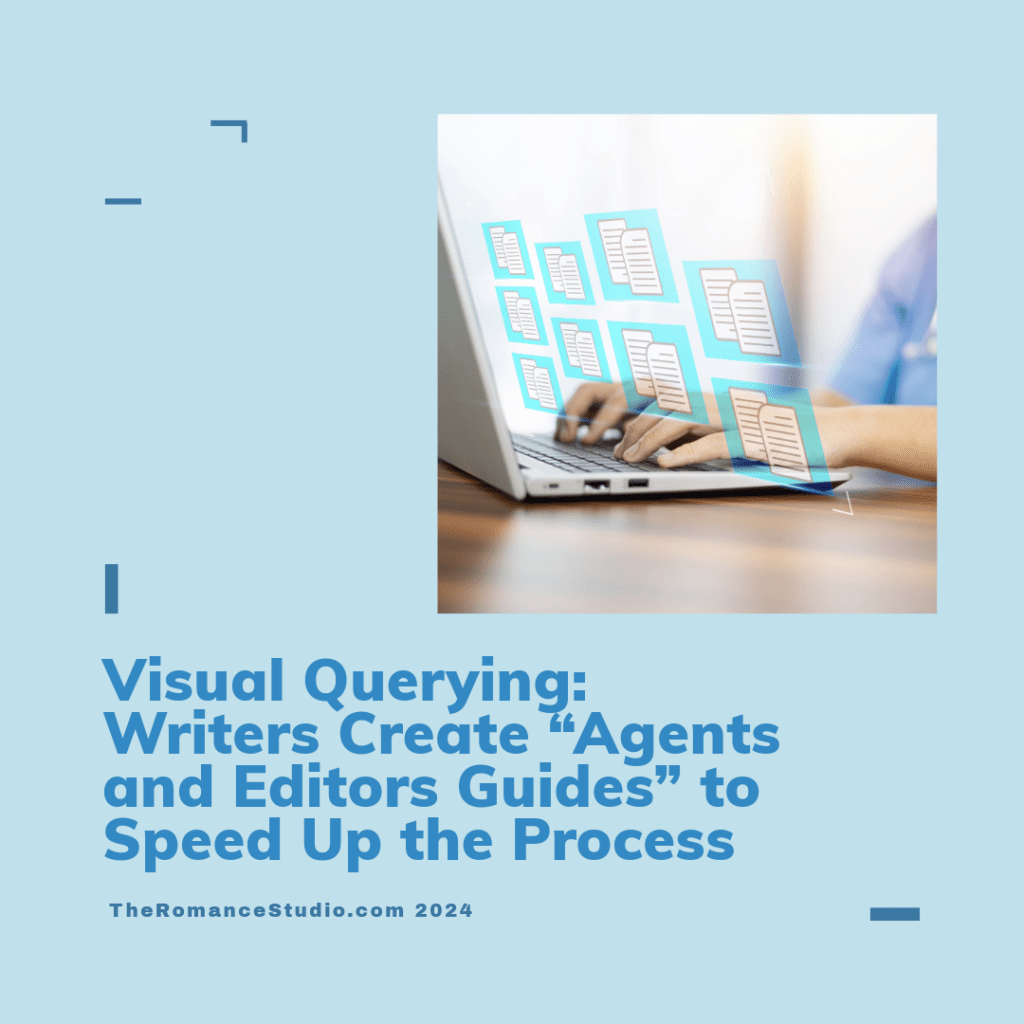Visual Querying: Writers Create “Agents and Editors Guides” to Speed Up the Process

In a growing trend across the writing community, authors looking to query their unpublished manuscripts are creating “Agents and Editors Guides” to jump-start the process. These guides, made up of four images or slides, offer a concise, visual breakdown of key elements like the book title, plot, comps (comparable titles), and themes—providing agents and editors with a quick snapshot of the manuscript.
This trend was sparked by Shardai Smith, a fiction and horror author with a background in book marketing. In March, Smith shared a guide for her novel From Our Blood on social media. She was inspired by indie authors who had been creating similar pitch guides for their readers. “I shortened a nine-page reader guide from indie author Sarah Zimm into four slides and adapted it into a query letter format,” Smith explained. The post quickly garnered interest, with agents and editors requesting her full manuscript.
Smith believes the format took off because it empowers authors. “It gives querying writers a bit of control in what’s often an overwhelming and uncertain process,” she said. By sharing their work in a visual and engaging format, writers not only get their book seen by agents but also demonstrate their understanding of book marketing—an added bonus in today’s publishing landscape.
As the trend gains traction, other authors are following suit. Val Robles, an author who initially created a guide for her own manuscript, now offers her design services to other writers for $5 per slide. Robles noted that these guides quickly convey the “vibe, plot, and tropes” of a book, which helps capture an agent’s attention in a fast-paced industry.
Agents have started to embrace the trend as well. Rebecca Podos, an agent at Rees Literary, noted, “Personally, I like them. They offer a glimpse into what people are writing at a glance, especially with the decline of pitch contests.” However, she also acknowledged the potential risks of oversharing unpublished content on social media.
While these visual guides offer a creative and engaging way to pitch, agents are quick to remind authors that the content of the manuscript is still the most critical element. Mara Hollander, an agent with Fine Print Literary, said, “I’m enjoying reading these guides, but I still sign most of my clients through cold queries. Authors don’t need to be graphic designers to get noticed.”
The rise of Agents and Editors Guides is a great example of how writers are creatively adapting to the ever-evolving world of publishing. By combining visual elements with compelling narratives, authors are finding new ways to stand out and gain the attention of industry professionals. As the trend continues, it will be interesting to see how many writers successfully leverage this approach to secure representation.
